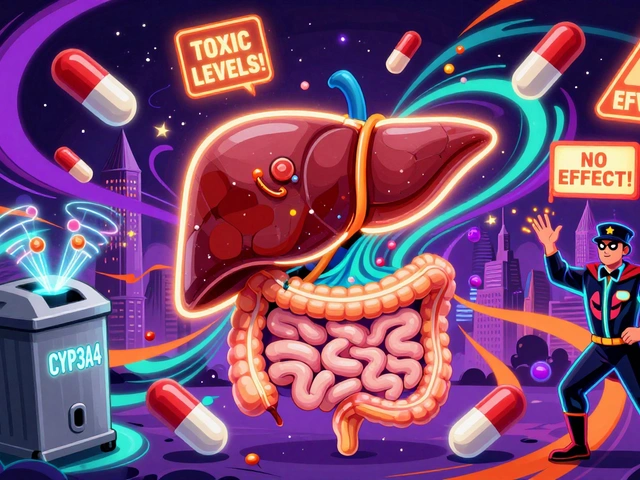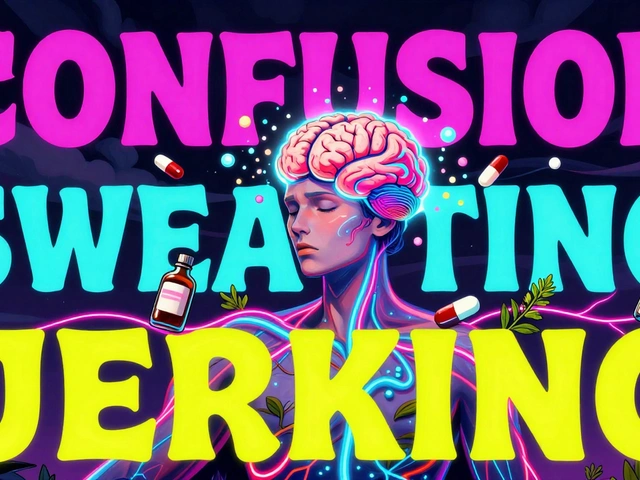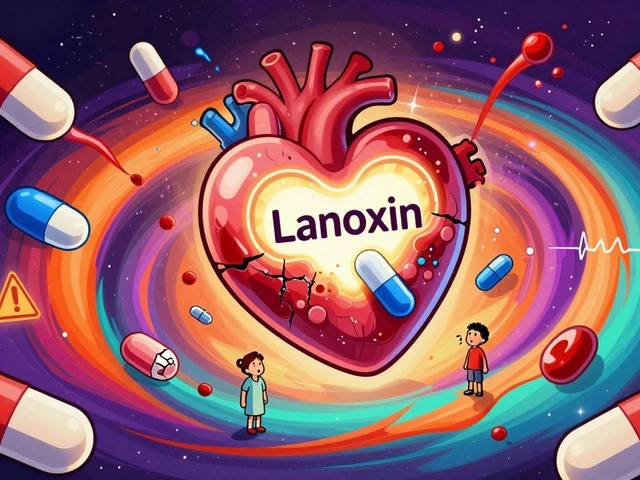Headache Muscle Tension: Understanding the Pain and Finding Relief
When dealing with headache muscle tension, a condition where tight muscles in the neck, scalp, or shoulders create a pulsing or pressing head pain. Also known as tension‑type headache, it often shows up after long hours at a desk, poor posture, or mental strain. Recognizing the link between muscle tightness and head pain is the first step toward real relief.
Another key player is muscle tension, the sustained contraction of muscle fibers that reduces blood flow and irritates nerves. When muscle tension builds up in the upper back or jaw, it can pull on the fascia surrounding the skull, sending pain signals that manifest as a headache. Headache muscle tension often follows high‑stress situations, making stress management a core component of any treatment plan.
How Stress, Pain Relievers, and Natural Options Interact
stress, the body’s response to mental or physical demands that releases cortisol and adrenaline amplifies muscle tension by tightening shoulder and neck muscles. This creates a feedback loop: stress raises tension, tension fuels headache, and the pain heightens stress. Breaking the cycle means addressing both the mind and the muscles. Common approaches include breathing exercises, regular breaks from screen time, and ergonomic adjustments.
When the pain is already present, many turn to pain relievers, medications such as ibuprofen, acetaminophen, or naproxen that reduce inflammation and block pain signals. While effective for short‑term relief, they don’t fix the underlying muscle tightness. That’s why you’ll see many of our articles compare options like ibuprofen versus naproxen, discuss dosing, and highlight safety tips. For those looking to avoid medication, natural remedies—like magnesium supplements, peppermint oil, or yoga stretches—offer a drug‑free path to easing muscle knots.
Our collection also covers how chronic conditions intersect with headache muscle tension. For instance, stress can worsen stomach ulcers, and the discomfort from ulcers may increase overall body tension, feeding back into head pain. Articles on stress‑induced ulcers, natural diarrhea remedies, and the role of diet in skin itching all share a common thread: the body’s systems are tightly linked, and solving one issue often eases another.
In practice, a comprehensive plan might look like this: identify stress triggers, incorporate regular stretching or massage therapy, choose an appropriate over‑the‑counter pain reliever if needed, and consider supplements that support muscle relaxation. Each of these steps appears in our detailed guides—whether you’re comparing Lamictal alternatives, exploring the benefits of Vitamin E for skin health, or learning how to safely order gabapentin online for nerve‑related pain.
Below you’ll find a curated list of articles that dive deeper into each of these areas, from medication comparisons to lifestyle hacks. Use them as a toolbox to customize a relief strategy that fits your lifestyle and health needs.
How Spasms Trigger Migraines: What You Need to Know
Explore how muscle spasms can trigger migraines, the science behind the link, and practical steps to break the cycle for lasting relief.





